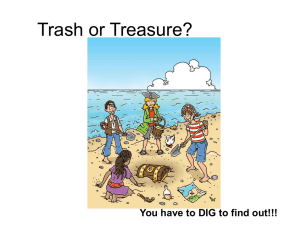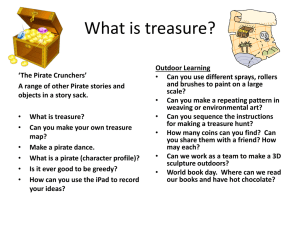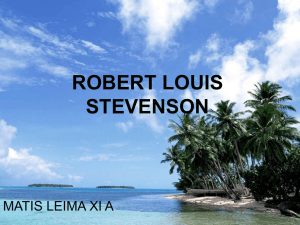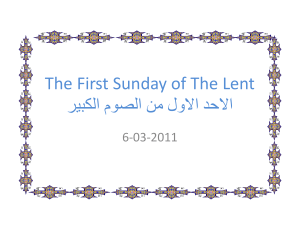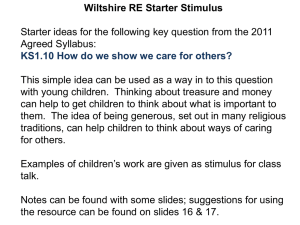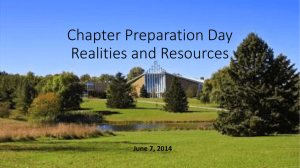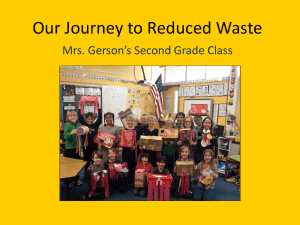Trash and Treasure
advertisement
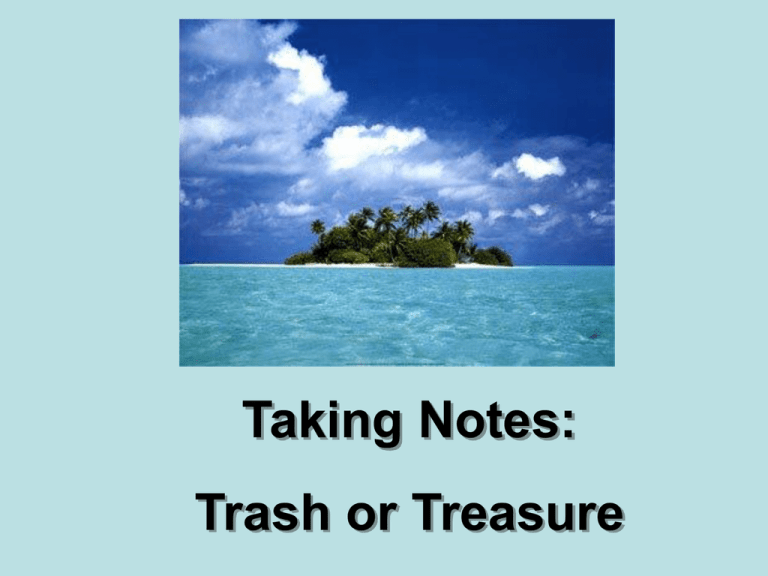
Taking Notes: Trash or Treasure Imagine You’re a Pirate ! • Doing research is similar to searching for buried treasure. • Your treasure chest will be filled with answers to your research questions! • A pirate has a map…one that shows him where to look for buried treasure. Your Map: Steps in the Research Process Your researcher’s treasure map includes these directions: • Determine your information needs • Develop a plan of information seeking strategies • Gather your information • Use your information • Think and apply information • Evaluate how well you followed the research process • Evaluate your research product Finding the Treasure • When a pirate discovers the spot where he thinks the treasure is buried…he digs! • As he digs, he finds lots of trash -- sand, dirt, weeds, rocks, shells, and pieces of driftwood. • He tosses aside all of this trash until he finds the treasure for which he has been searching. When he hits something solid, he hopes it’s a chest filled with riches! Finding Your Treasure! When you discover the spot where you think your treasure is buried… …you will have to dig too! • Along the way, you too may find lots of trash – facts and information that does not help you with your research. • Toss aside all of the trash until you finally find the treasure – answers to the questions for which you’ve been searching. What trash do you toss aside? Examples of “information trash”: • Facts that may be interesting but do not answer your research questions • Confusing information • Information that contains mistakes • Information that has spelling errors • Information that is not up-to-date • Information not from a reliable source • Unnecessary words and phrases Identify Information You Need! 1. Write questions to guide your research. 2. Identify keywords and related words that signal the information relates to your topic. 3. Transfer the words to data sheets, graphic organizers or note cards. 4. Skim quickly through paragraphs looking for main ideas and supporting details. 5. Scan for the keywords that indicate information about your topic is included. Trash or Treasure? 1. Read the first sentence of your passage. 2. Ask, “Does this sentence answer any of your research questions?” 3. If the answer is no, this sentence is trash to you. 4. Put it in the Pirate’s trash can! Trash or Treasure ? 1. If the answer is yes, then the sentence does answer a research question. 2. Read that sentence word-by-word, asking which of the words are needed to answer the question. 3. These words are the treasure! 4. Record them on your data sheet, graphic organizer or note cards. 5. Any words not needed are trash. 6. Repeat this process until the section is finished. Works Cited Page Jansen, Barbara A. “Reading for Information: The Trash –N –Treasure Method of Taking Notes.” School Library Media Activities Monthly, February 1996: pp. 29-32. Jansen, Barbara A. “Taking Notes: It’s Not Rocket Science.” The Big6. Updated October, 2006. Big6 Associates. 9 Nov 2006. http://www.big6.com
